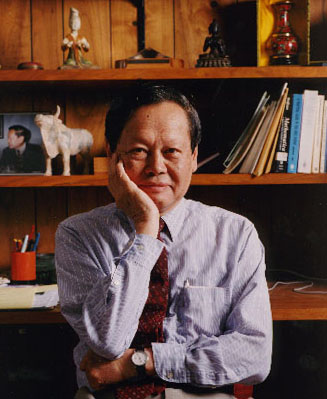
KLAUS DEHMELT
Research Professor
Physics and Astronomy
klaus.dehmelt@stonybrook.edu | Jefferson Lab
Research Group Website
Biography
Dr. Klaus Dehmelt began his research career in 1999 after receiving his M.Sc., working
with the HERA-B collaboration at the German National Accelerator Lab DESY on gas detector
development. He then joined the European Organization for Nuclear Research (CERN),
where he continued work on gas detectors with the COMPASS collaboration. In 2002,
he returned to graduate school and became part of the PHENIX collaboration as a graduate
student at Florida Tech two years later. After earning his Ph.D., he returned to DESY
as a postdoctoral researcher with the LCTPC collaboration. In 2011, he joined Stony
Brook University as a research scientist in the Relativistic Heavy Ion (RHI) group.
In 2014, he served as run coordinator for the PHENIX experiment at the Relativistic
Heavy Ion Collider (RHIC) at Brookhaven National Laboratory.
Currently, Dr. Dehmelt is a Staff Scientist at Jefferson Lab, contributing to the MOLLER and SoLID experiments, while also holding the position of Research Professor at Stony Brook University. He maintains a close collaboration with the Nuclear Physics group at Stony Brook through their shared involvement in these key projects.
Research Statement
Making the invisible visible—and using that capability to probe the structure of the
smallest constituents of matter—remains the driving fascination behind my work. My
research focuses on the development of advanced detectors for high-energy nuclear
and particle collision experiments and the analysis of the resulting data.
One of my central scientific interests is understanding the origin of mass in the visible universe. While the Higgs mechanism explains the mass of elementary particles such as quarks, it accounts for only a small fraction—about 1–2%—of the mass of protons and neutrons. The bulk of nucleon mass arises dynamically from the complex interactions of confined quarks and gluons. This phenomenon, known as **Emergent Hadron Mass (EHM)**, stems from the kinetic energy of quarks and the intense gluon fields that bind them. Investigating EHM is a cornerstone objective of the SoLID experiment at Jefferson Lab and a central focus of my current research.


